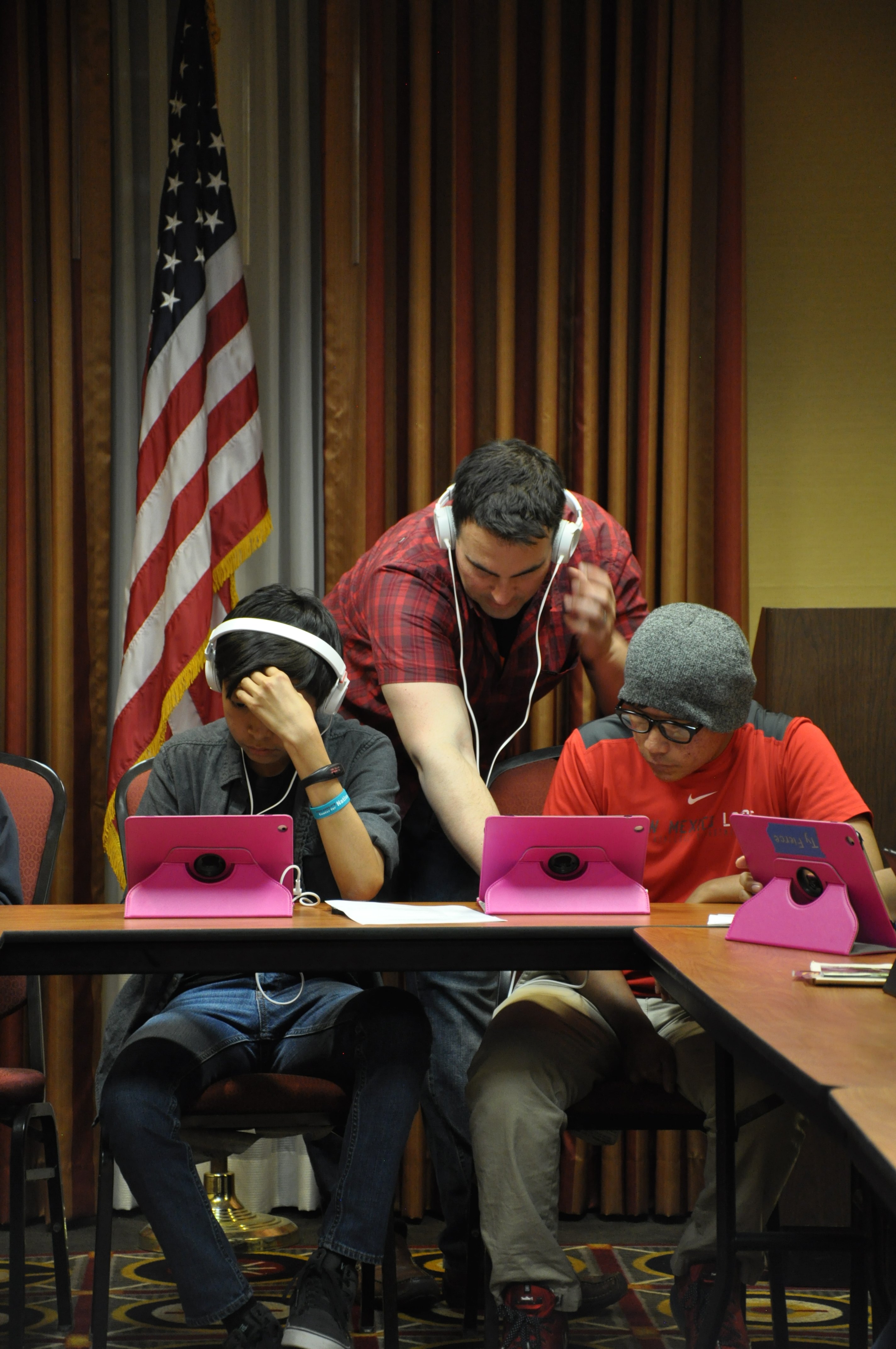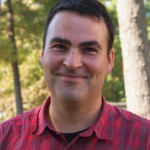

by Tim O’Leary
English Teacher
Middlebury Union High School, Middlebury Vermont
MA ’07
The creation of documentary-styled video contains many non-alphabetic literacies. I often group the component literacies into interpersonal, technological, and aesthetic understandings and skills. At times, they dance together in “real-time” situations when subjects are in front of a camera, and an interviewer is searching to find stories. This web of literacies plays concurrently and are onstage, unlike writing or reading. One can’t walk away, brainstorm, or revise as an interview unfolds. It’s happening then and will be over soon. It’s a live performance.
In February of 2015, I had a chance to introduce Vermont BLTN young people to these skills and the challenges and synergy of working on them concurrently. The previous September, we had kicked off our inaugural course “What’s the Story?” Our Vermont students were exploring and finding ways to articulate concerns about the Vermont family farm in order to elicit change in their communities, if not at least awareness, which really is its own type of change.
I touched down in April, two months later, in New Mexico to work with Navajo Community Health Outreach (NCHO) students on these very skills. The goals I set were to forge trust and relationships with students I had never met before and within two days produce publishable videos about themselves and their communities. Phew!
Tim O’Leary developing video interviews with NCHO Youth
This slideshow requires JavaScript.
On day one, we dove in, talking about the soft-skills of interviewing. We tried them out on each other before sitting in front of a camera. I interviewed each student so he or she could be in a “real” interview setting with the camera rolling and see what this looked and felt like. During time away from the camera, students used a video tutorial, installed on each iPad, to introduce themselves to iMovie on the iPad at a pace that worked for them. That same tutorial was always there to be referred to whenever it was needed. Students also rotated in and out of writing work groups with Ceci Lewis and Damian Bacca of BLTN/BLSE. By early evening, students edited 6-8 minute interviews into a 1-1.5 minute video about themselves. We compiled all of those short videos about
midnight and
archived them here. That was our introduction to interviewing, recording, and editing.
Day two began with a celebration of the previous day’s work as we watched the young people’s video montage. Then we had a few minutes to prepare our interviewing spaces for the community members and elders who were set to arrive to talk about the three issues that were front and center for the NCHO young people: understanding food as a sacred connection to culture, the challenges of advocating for healthy stores (and the appetites for them on the Navajo reservation), and the role of determined young Navajo leaders. Here, students learned from day one and looked to apply these skills with new subjects about issues that mattered to to the youth videographers. By 11 a.m., we had our footage and raw stories. As students went to work again in their writing groups, I moved video files onto their iPads in preparation for editing. Just after lunch up until 5 p.m., students created meaning-making documentaries on one of the three topics they were studying with the footage and stories of their community members and elders. The videos they had just created were rolling on the large projection screen during a celebratory dinner with parents and families who had arrived for a dinner and to pick up their children.
Two days, two video products, time for lessons and trial and error, real subjects and audiences, and a couple of celebrations of work well done. I can’t wait to go back and do it all again.


Leave a Reply